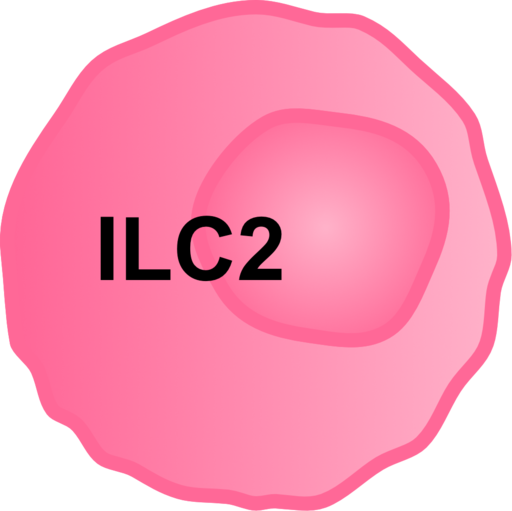There is still so much to discover about the human body. Since we are made up of 100 trillion cells, we are constantly learning more and more each day about our cells, their functions, and the processes that they contribute to.
One such cell, known as an innate lymphoid cell, was discovered about a decade ago, but all we knew was that it functions similarly to T-cells. As we learned in AP Biology, helper T-cells cells play a large role in our adaptive immune system response, releasing cytokines, which activate more helper T-cells, cytotoxic T-cells, and B-cells to fight invading pathogens and infected cells. Innate lymphoid cells are also able to release cytokines but are a part of the innate immune system, hence why they are known as the innate counterparts of T-cells. Because of their overlapping functions, many scientists believed their function to be redundant and unnecessary… until now!
Research from the Emmy Noether Independent Junior Research Group led by Dr. Christoph Klose in Charité has shown that group 2 innate lymphoid cells (ILC2s) are a vital part of the immune response. By using an animal model and single-cell sequencing, the scientists were able to determine the main functions of ILC2s. The team found that the presence of ILC2s relates to the development of eosinophils, disease-fighting white blood cells, which help promote the immune response of inflammation. Without ILC2 present, eosinophils were not fully developed and were unable to get involved in the inflammatory processes in the tissue. The scientists also discovered that ILC2s promote epithelial cells to produce mucus and expel parasites from the body. Without ILC2s, it became increasingly difficult to produce mucus in the tissue and to combat parasites. With this study, ILC2s have finally been recognized for their own roles in the immune response!
Dr. Klose took this study one step further by examining the relationship between ILC2s and symptoms of allergies. As inflammation and increased mucus production are common symptoms of allergies and ILC2s are linked to both, it is understandable the results demonstrated symptoms of allergies were improved when ILC2s were not present. Dr. Klose hopes to conduct further research on these cells and believes they may be the key to developing new allergy therapies. It is incredible to see how gaining a better understanding of one of our cells can unlock a door to new treatments, medications, and advancements in the field of medicine.



Leave a Reply